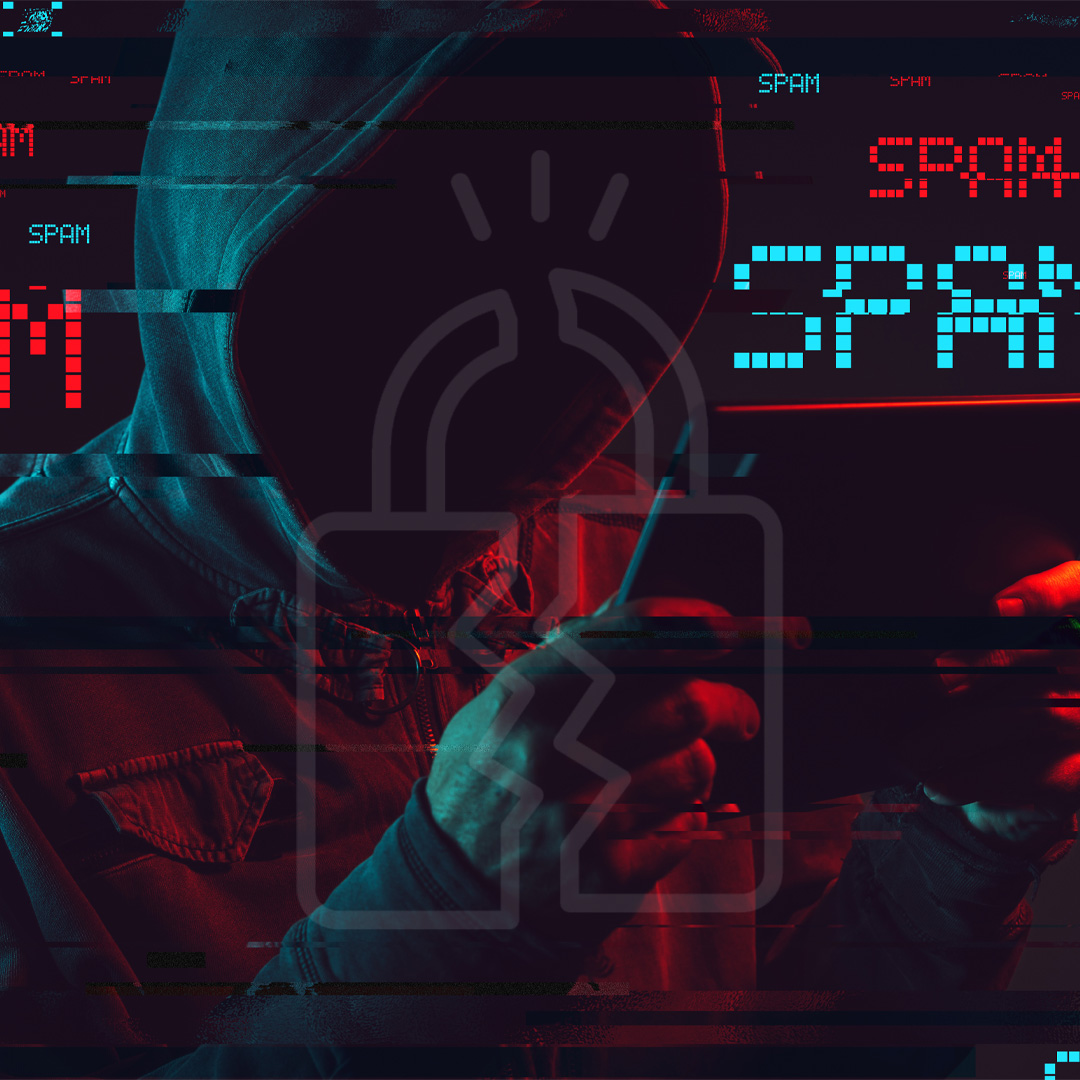In today’s rapidly evolving digital era, businesses are increasingly reliant on innovative strategies to connect effectively with their customers. A2P (Application-to-Person) messaging has emerged as a crucial tool, facilitating direct communication through SMS, WhatsApp, and other messaging platforms. However, the introduction of Rich Business Messaging (RBM) is poised to transform this landscape significantly, promising a more dynamic and engaging customer experience. Let’s explore the essence of RBM, its transformative impact, and its pivotal role in shaping the future of A2P messaging.
Understanding RBM
RBM expands upon the foundation of A2P messaging by integrating rich multimedia elements, interactive features, and personalized content. Unlike traditional text-only messages, RBM empowers businesses to send images, videos, carousels, and interactive buttons, turning a simple SMS into an immersive mini-app experience. This advancement is made possible by the widespread adoption of RCS (Rich Communication Services), an advanced messaging protocol embraced by carriers.
Significance of RBM
Enhanced Customer Engagement: RBM revolutionizes customer interactions by offering immersive and interactive content that resonates deeply with recipients. For example, retailers can showcase product catalogs through carousels, allowing customers to browse and purchase items directly within the message. Similarly, travel agencies can captivate audiences with destination videos and seamless booking options—all within the messaging environment.
Improved Conversion Rates: The interactive nature of RBM streamlines transactions and enhances the efficiency of customer journeys. From selecting options in carousels to responding to surveys within messages, RBM facilitates smoother interactions that increase conversion likelihoods.
Enhanced Brand Perception: By adopting RBM, businesses showcase a commitment to innovation and customer satisfaction, fostering stronger brand loyalty and positive perceptions among consumers.
Advanced Analytics: RBM empowers businesses with comprehensive insights into customer behavior, such as which content elements receive the most engagement, how users interact with messages, and other valuable metrics. These insights are instrumental in refining future messaging strategies for optimal effectiveness.
The Future of A2P Messaging with RBM
As RBM gains momentum, the trajectory of A2P messaging is set to evolve in transformative ways:
Personalization: RBM enables highly personalized messaging tailored to individual preferences, behaviors, and geographical locations, fostering deeper customer connections.
Integration with E-commerce: RBM has the potential to seamlessly integrate with e-commerce platforms, enabling direct purchases and transactions within the messaging interface.
AI Integration: By integrating RBM with AI-driven chatbots, businesses can deliver instant, personalized responses to customer inquiries, enhancing overall service efficiency.
Omnichannel Experience: RBM facilitates a unified and cohesive customer experience across multiple channels, including SMS, WhatsApp, and web chat, ensuring consistency and continuity in brand interactions.
Comparison with SMS and RCS
SMS (Short Message Service): SMS is a text-based messaging service limited to 160 characters, suitable for basic notifications, alerts, and simple communication. It operates on the SMPP protocol, offering broad compatibility but lacks rich media and interactive capabilities.
RCS (Rich Communication Services): RCS enhances SMS by adding multimedia elements, interactive features like carousels and suggested replies, and operates on an IP-based platform. It provides a richer messaging experience akin to OTT apps, facilitating richer media content and enhanced customer engagement.
RBM (Rich Business Messaging): RBM builds upon RCS capabilities, focusing specifically on enabling businesses to enhance customer engagement through rich multimedia content, interactive features, and personalized messaging experiences. In essence, RBM is an advanced application of RCS, leveraging its capabilities to provide businesses with tools for creating highly engaging and interactive messaging campaigns.
Key Differences Summarized:
– SMS: Basic text messaging service, limited to plain text and links, widely compatible.
– RCS: Enhanced messaging service with multimedia and interactive features, requires carrier support, IP-based.
– RBM: Advanced application of RCS for businesses, focuses on rich multimedia content, interactivity, and personalized customer experiences.
RBM represents the future frontier of A2P messaging, promising a richer, more interactive, and highly personalized customer experience. Embracing RBM can be transformative for businesses seeking to stand out in a competitive market. By leveraging RBM’s capabilities, businesses can forge deeper connections with their customer base, drive higher engagement levels, and ultimately, boost conversion rates. As RBM continues to evolve, its potential to revolutionize customer communication remains substantial and promising in the digital age.














